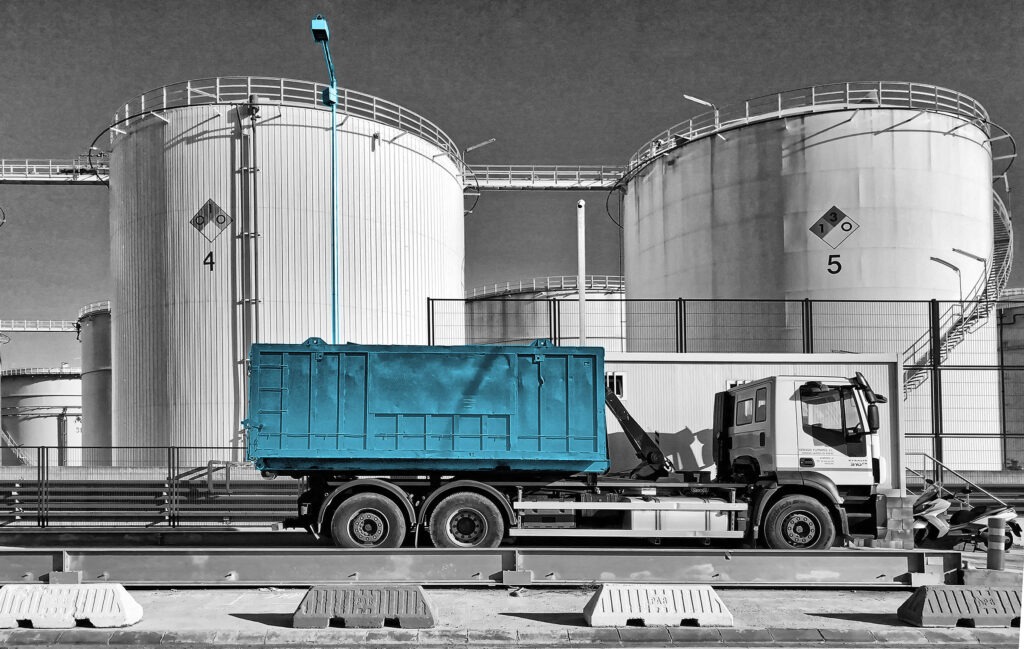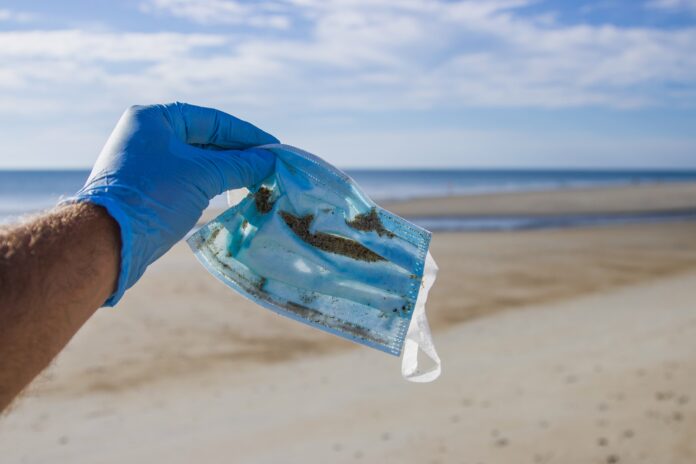Marine pollution is a well-known problem. The news media often report on the growing amount of plastic floating in the oceans and threatening the marine ecosystem. A Portuguese startup founded in 2019, 3D Modelling Studio, has developed a system to improve the waste disposal in ports and harbors. This system has the potential to reduce the volume of the waste released in the open waters. However, the team is not composed of marine biologists or naval engineers: the founder and CEO is an architect by trade, and so is his partner in crime.
3D Modelling Studio
In April 2019, Jorge García Fernández founded 3D Modelling Studio in Lisbon, Portugal, a startup that specializes in creating 3D models of historical buildings. “Documenting architectural heritage is essential for its preservation” says Jorge, CEO of the startup. The techniques employed are laser scanning and digital photogrammetry, because they can capture complex and irregular spaces and volumes in a highly accurate way.
In the Summer of 2019, Jorge gathered a team with Antonio Patricio and Leonor Medeiros to participate in the SmartCatalonia Challenge, an initiative of the Secretariat of Digital Policies to involve startups, small- and medium-sized enterprises to create solutions for todays’ technological and environmental challenges. The 2019 edition was dedicated to the Port of Barcelona. Jorge and his team participated in the Challenge “Automatic measurement of volumes and weights” in the context of waste disposal at port facilities.
“Considering our background, tackling this challenge was possible because many of the problems are the same we face when we try to create a 3D model of a building” says Jorge, “it’s about using detailed 3D scanning to estimate (and classify) a volume.”
Sixty-five projects were submitted to the contest across all the Challenges. Jorge’s team was awarded the first prize. This allowed him to develop a pilot test of their innovative idea with the support of the Port of Barcelona.
The problem: Measuring volumes
The problem posed to Jorge and his team was the following: the port facility needs an automated and reliable system to measure the volume of the solid waste brought in by the ships. Normally, the solid waste is collected in containers and measured by volume (not by weight) before being disposed of by the service providers of the port. The measurement is performed by field inspectors, with the result that the process is slow and somewhat inaccurate – not to mention that it may pose health hazards for the inspectors themselves.
The solution: Clever Volume
Jorge and his team developed a system that analyzes containers full of waste using a touch-free sensor system, and calculates the volume of the waste, besides performing a classification of the content without the need for field inspectors. With this solution, the Port of Barcelona can be more efficient in the management of the more than 100,000 cubic meters of waste that the ships bring to the facility every year.

The system employs a hi-res on-site data capture system based on active technology, Laser Scanner and RBG cameras, using both geometric and texture information for the calculation of the volume and for the classification. The system then sends the data to a cloud-hosted program in real time. Reports are generated seconds after the surface is scanned. The system can currently measure solid and organic waste, therefore including plastic (substances like oil are excluded.) The accuracy of the system is 99%.
“Clever Volume” is the name of the hardware/software system produced by 3D Modelling Studio in the Fall of 2019. CEO Jorge wishes to bring his solution to other ports and havens in Europe, hoping to establish his presence in 40% of the about 200 big ports across Europe withing the next three years.
Why this is important for marine pollution
Marine pollution affects all oceans around the world. According to the European Commission, more than 150 million tonnes of plastics have accumulated in the oceans. And while 4.6-12.7 million tonnes are added every year, marine litter may well be one of the fastest growing threats to the health of the world’s oceans.
But how does the litter get to the oceans? Unfortunately, we know the answer. At least 30% of marine debris is caused by illegal or accidental dumping at sea from shipping. Cruise ships and navy ships are among the biggest polluters. This practice violates the regulations adopted by the International Maritime Organization (IMO) and by the International Convention for the Prevention of Pollution From Ships (MARPOL), but several factors hinder a better solution.
One of these, is the workflow for waste disposal at the port facilities. Ships pay to pass their waste to the service providers at the port, and in turn, these pay for the disposal of the waste on land. Inaccurate measurements leave both the ships and port service providers unsatisfied, because they feel they are being charged an unfair amount.
Time is also a factor: manual measurements take significantly longer than Clever Volume’s instant scan, making the whole process not something that ships look forward to when arriving to dock.

As a result, much waste is dumped in the open waters. It’s easier, it’s free. But it’s very bad for the environment – and it’s illegal. The idea behind the optimization of the workflow for waste disposal at the port is that better measurements and faster times will encourage ships to bring more of all of their waste to the port instead of dumping it off-shore. A secondary advantage is that the port management will be able to save up to 100k euros each year on the field inspectors which can now be re-allocated to other (healthier) tasks.
But there is another advantage: the data produced during the scan can be stored and, over time, used to build statistics and predictions based on reliable data. This growing dataset is the key to an ongoing optimization of the waste management at the port. In short, Clever Volume is a win for the environment, and for the pockets of the stakeholders involved in the process.
For more information visit: http://www.clever-volume.eu
Cover photo by Brian Yurasits on Unsplash



